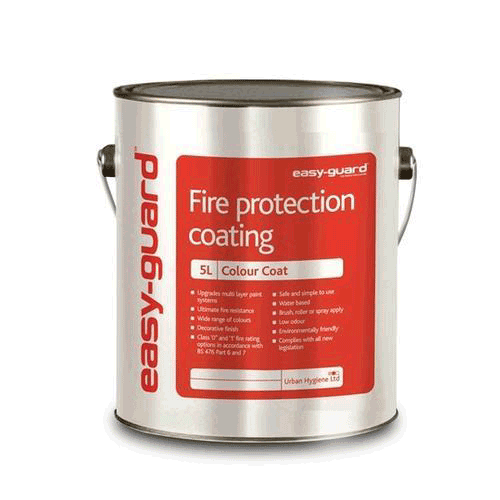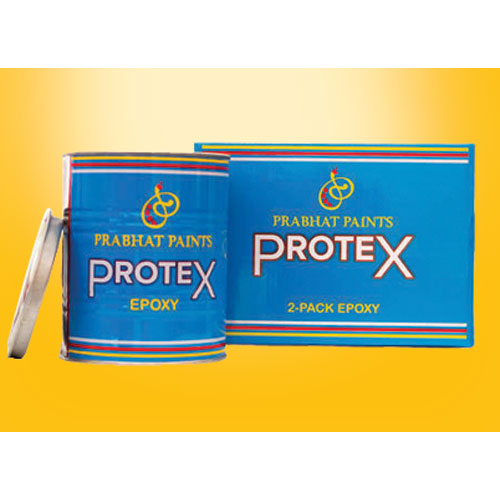Schedule a Call Back
Companies’ focus on challenging development of nanocoatings
 Articles
Articles- Oct 01,19

Related Stories

Companies’ focus on challenging development of nanocoatings
Nanocoatings have been discussed for long in the paint and coatings industry.
Read moreRelated Products

Safety Fire Retardant Coating
Marco Trading Company is offering a range of safety fire retardant coating.

Surface Coatings
Patel Enterprise is offering a range of surface coatings.

Industrial Colour Paint
Prabhat Paint Industries offers a wide range of industrial colour paint.













